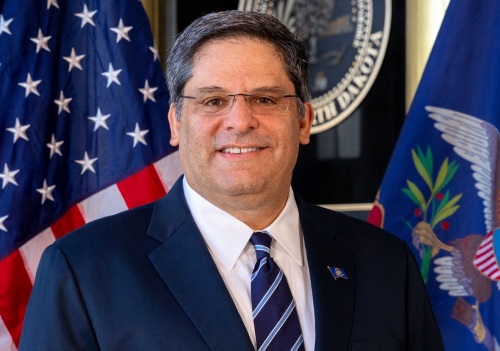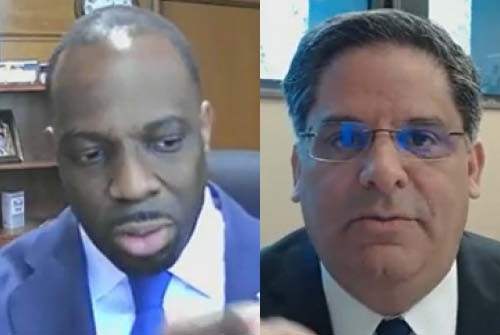Toks Omishakin, director of the California Department of Transportation, and William Panos, director of the North Dakota Department of Transportation, highlighted the ways state departments of transportation are incorporating equity into their infrastructure programs during a hearing on Capitol Hill on May 11.
Both virtually joined the hearing – held by the Transportation and Infrastructure Subcommittee of the Senate’s Committee on Environment and Public Works – to share their perspectives on how to improve transportation equity for disadvantaged communities, “no matter their race, socioeconomic status, identity, where they live, or how they travel,” noted Omishakin.

“Overall, minority and under-served communities experience fewer benefits and take on a greater share of negative impacts associated with our transportation systems,” he explained in his written testimony. “Because of this, transportation equity is not just a transportation issue. To improve equity across the board, we must address transportation equity. To do that, we need to listen to communities affected by inequity and implement change accordingly by altering the ways we evaluate and make investments in transportation.”
As a result, Omishakin said Caltrans is taking several strategic steps to improve equity, including:
- Expanding public transportation to meet the needs of a diverse and aging population, including quality transit service in rural communities.
- Developing and investing in passenger rail and transit projects that support inclusive job development opportunities in the trades.
- Growing the “clean transportation sector” to address the disproportionate effects of pollution on minority and under-served communities.
- Investing in safer multimodal and active transportation facilities on community highways, trails, and streets.
- Enhancing maintenance and operational investments on all highways and prioritize under-served and rural communities, including tribal governments.
“We will achieve equity when everyone has access to what they need to thrive,” he stressed.
North Dakota DOT’s Panos added rural communities to that “underserved” list in his written testimony – and stressed that traditional formula funding would provide the means to address their needs.

“In rural America, usually the interest of a disadvantaged community, sometimes a community that has been under stress for a long time, is to be better connected beyond the community,” he said. “Strong formula funding will enhance the ability of states to address these connectivity needs. Regional issues should also be considered in order to optimize investment. Certain investments relative to reconnecting a community should be preceded by giving consideration to the potential impact on other communities or on the transportation system as a whole.”
More generally, Panos noted, federal highway formula dollars are “critical” to the success of state transportation programs serving the public, which includes disadvantaged communities.
“They [formula funds] are deployed widely in all of the states. They are used to improve roads, bridges, bike paths, and sidewalks. They pay for vital safety investments, including guardrails and rumble strips. They can also be transferred to transit projects,” he explained. “Strong formula funding and flexible program eligibilities enable a state to address those circumstances and help people.”
